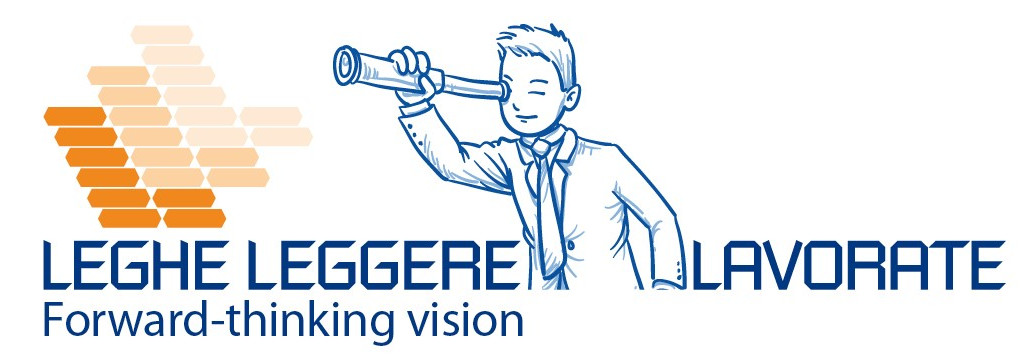There aren’t many cases of implantable orthopedic devices using a bi-component device as Titanium or CFR Peek, but the existing ones are certainly a concentrate of technology for the human being.
Implantable medical devices: what are they for?
Implantable medical devices for orthopedic use are usually necessary when it isn’t possible to recompose fractures on long bones with more traditional and less invasive methods, such as for example the plaster bandage.
In these cases, there are 3 different ways for the use of implantable medical devices depending on the type of fracture:
- stabilization by means of plates (which we have already talked about in a previous article: www.legheleggere.com/it/placche-ortopediche-viti-production-test-laboratorio-vanguardiauso/)
- stabilization with an external fixator
- stabilization with intramedullary nails
In this article, since the topic is the combination of titanium + CFR peek, we will focus on the third method: the bi-component intramedullary nail.
Two-component intramedullary nail: what it is and what it is used for
The shape, size and characteristics of these intramedullary nails are different depending on the bone that needs to be stabilized. These intramedullary nails allow the fixation of long bones by working within the bone itself or bettere in the intramedullary area (from which they take their name).
In 90% of cases, the intramedullary nails are made of titanium, a bio-compatible material. There is also a two-component alternative. The materials used, as already mentioned above, are the classic titanium and CFR peek (carbon-fiber-reinforced peek); a plastic material for medical use which is reinforced by carbon fibers.
The manufacturer of this particular nail is the company LSM-MED, of which we are suppliers for the titanium part. (www.lsm-med.com).
Why do we use and, above all, make a two-component intramedullary nail?
The answer is strangely simple: “Take advantage of the mechanical characteristics of titanium combined with other specifications of the CFR peek”.
What are the CFR peek specifications?
From the technical point of view, the advantages can be summarized as follows:
- positioning and angle of the fixing screws not constrained by the pre-existing holes.
- angular stability of the proximal screws.
The possibility of angulation of the screws, not binding on pre-drilling, is certainly a great advantage for the surgeon. In fact, this feature leaves a lot of freedom of positioning according to the fracture gap which is never similar between different fractures.
The advantage of the angular stability of the proximal screws must not be underestimated. This happens because the screws, locking into the plastic material, realize this principle which has now become indispensable in the orthopedic surgical field.
Now that we know the advantages of a two-component nail, let’s see how it can be made. As for the “base” of the nail, in titanium, its construction is traditional. In fact, the latest generation of turning centers are used, with devices which are designed to allow deep drilling on titanium bars. This isn’t a simple processing.
After the turning phase, the intramedullary nails are bent with presses using molds, to give them the shape suitable for being implanted inside the bone. After this phase, the CFR peek is co-molded. The titanium nail is positioned inside the mold and the plastic material is overmolded. The machines used are injection molding presses.

